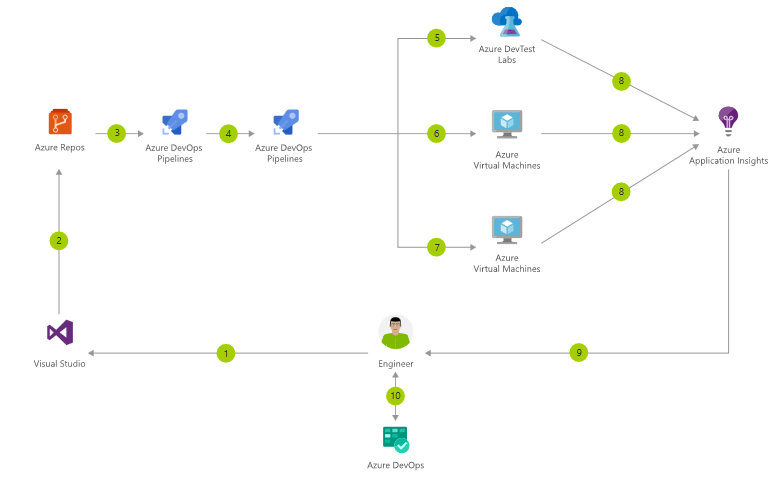Azure is a service that manages our development from planning and manages the project to code to build and release in the form of the lifecycle from end to end. This process provides the architecture and design information for building continuous integration and the continuous deployment of that integration. The CI/CD pipeline deploys a two-tier web application to the Azure App Service using the .Net Platform.
As we are moving to the modern process of CI and CD, it provides many benefits for applications building then deploys it and also provides the testing and monitoring of the applications. Using Azure along with services such as App Service, organizations can focus on the development of apps rather than the supporting infrastructure managing.
Consider Azure DevOps and CI and CD processes for these advantages:
- It helps in increasing the speed of the development of applications and development lifecycles.
- It helps in building good quality and consistency in an automated build and release process.
- It helps in increasing the stability of the application.
- A developer can do changes to his application.
- The application code is meant to commit the web.config file in the Azure repository.
- Continuous integration helps the application to build and unit tests using Azure Test Plans.
- Continuous deployment within Azure Pipelines makes an automated deployment of application artifacts.
- Backlog information is used to prioritize new features and bug fixes using Azure Boards
Azure is a PaaS service for hosting:
- Web applications
- REST APIs
- Mobile back ends
In the below image, there are several additional development platform options that are supported by Azure VMs.








Leave A Comment